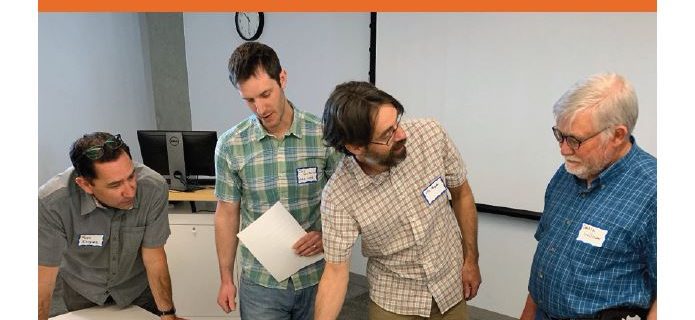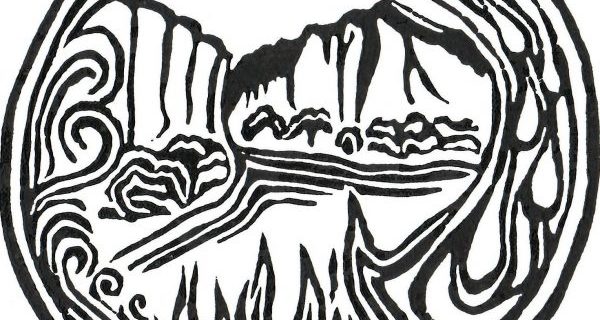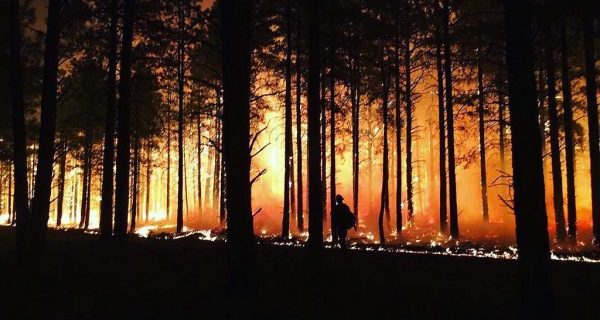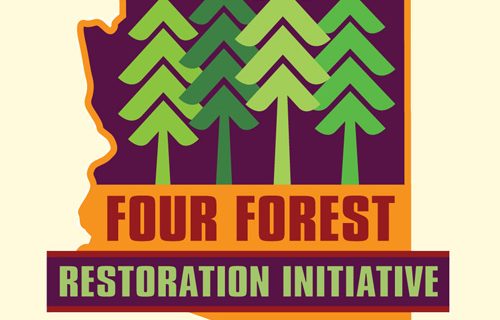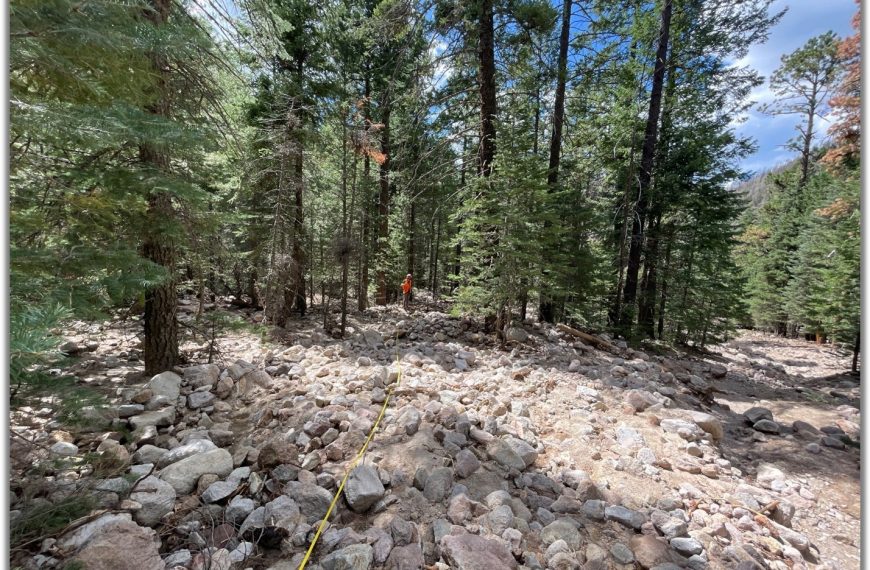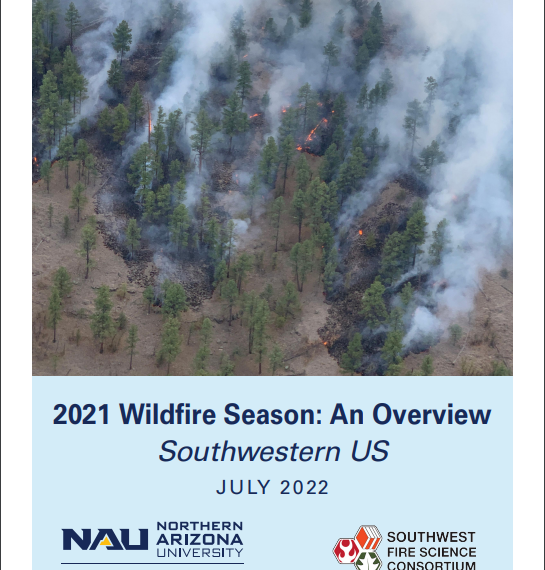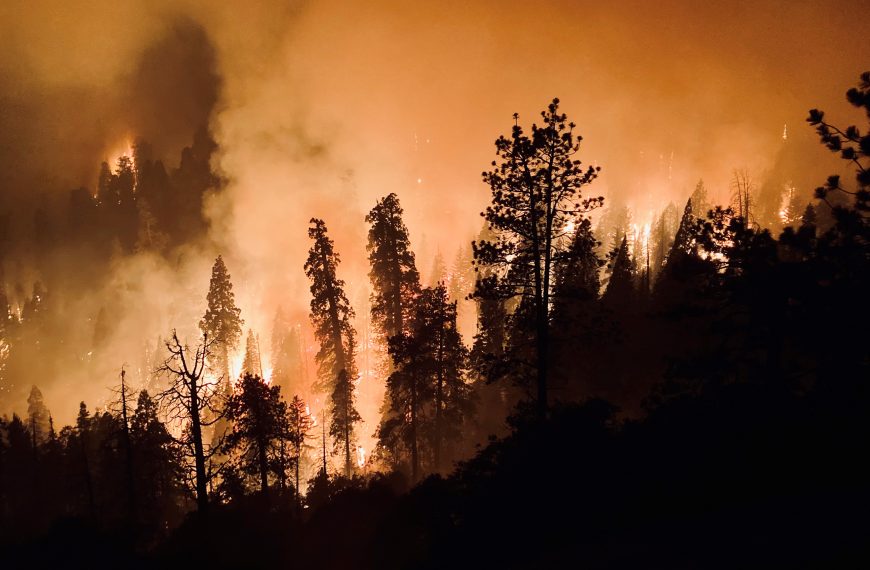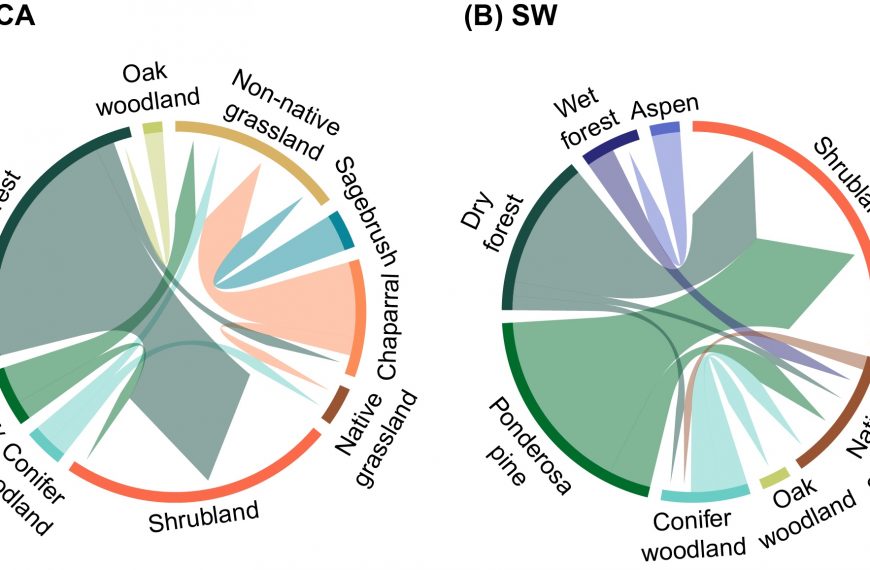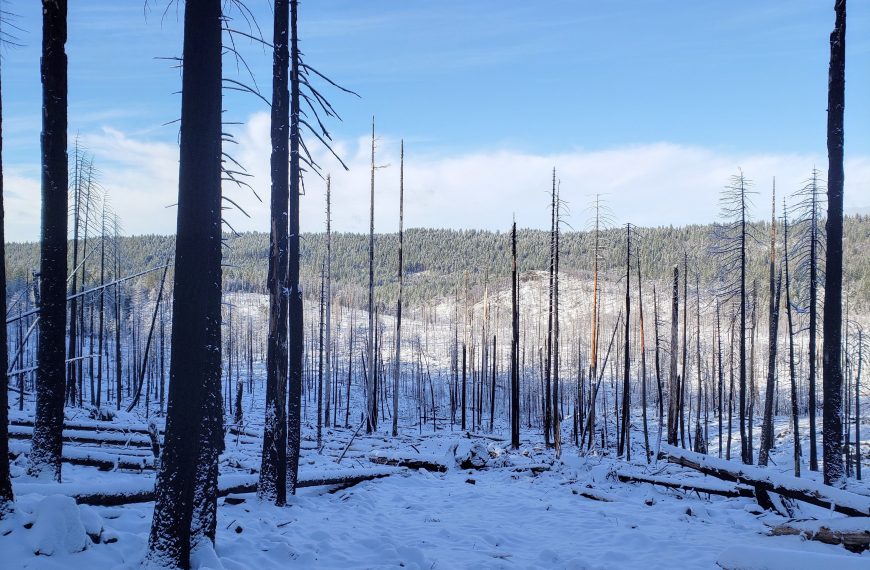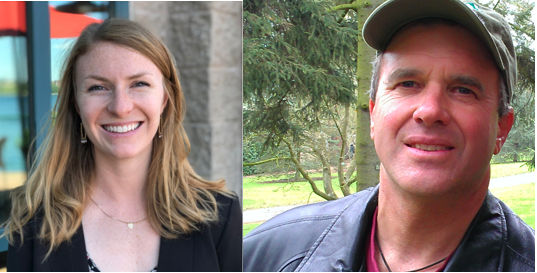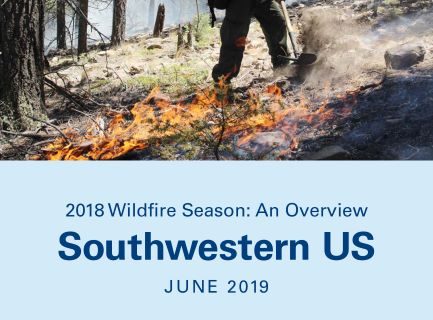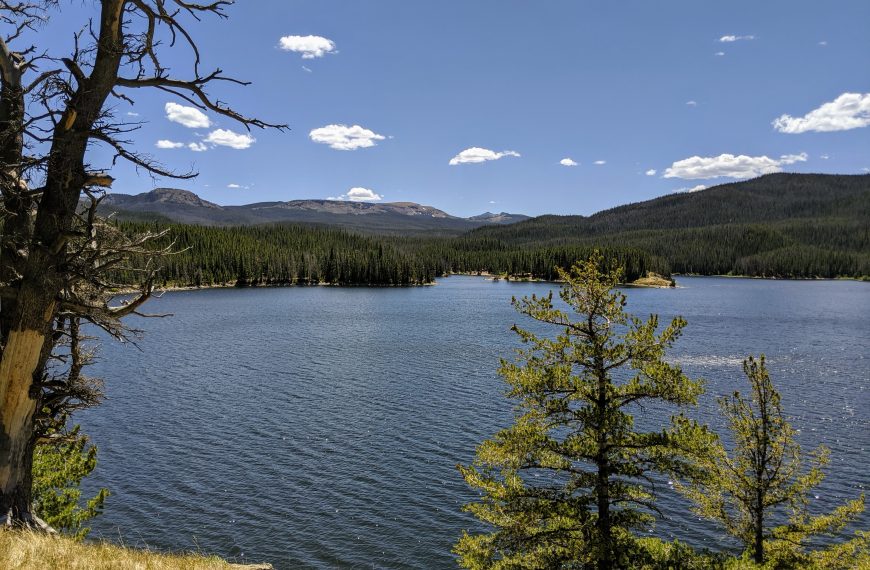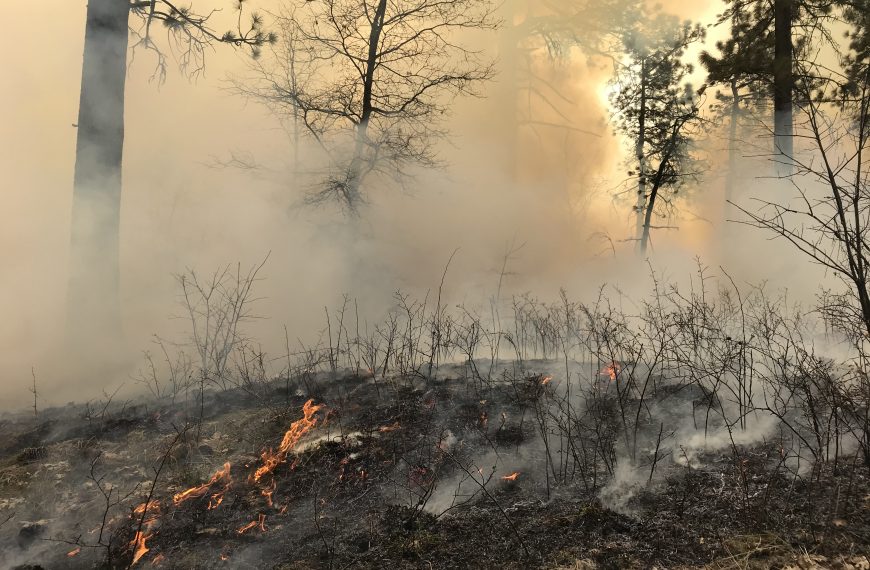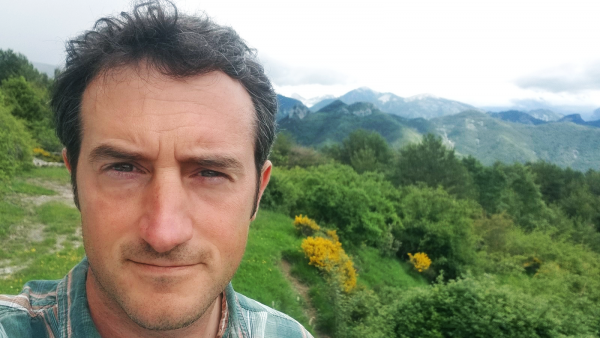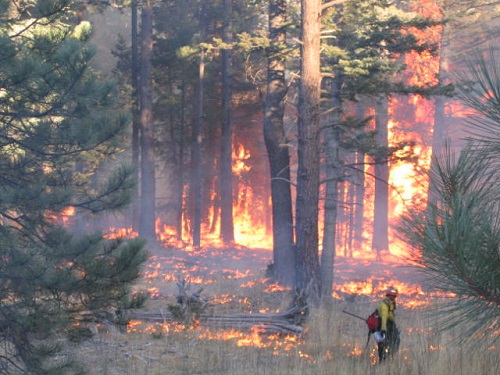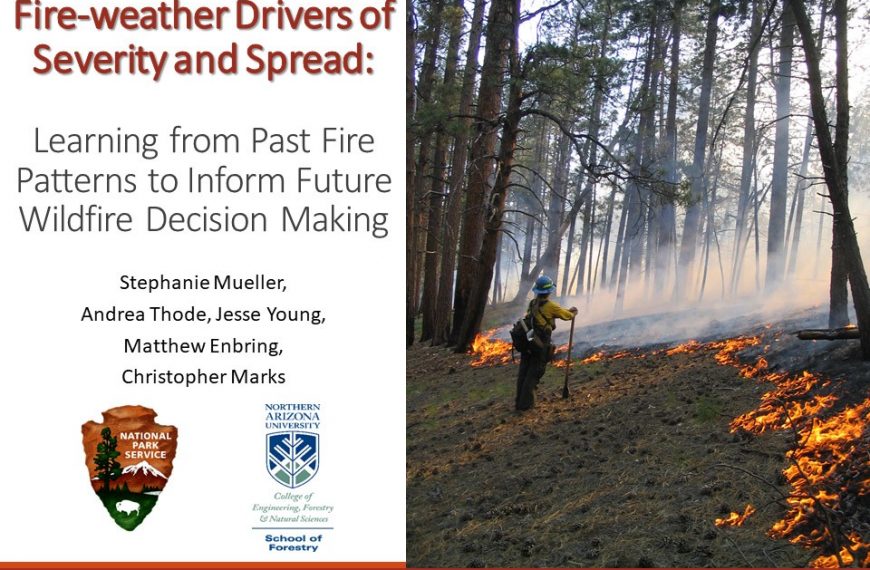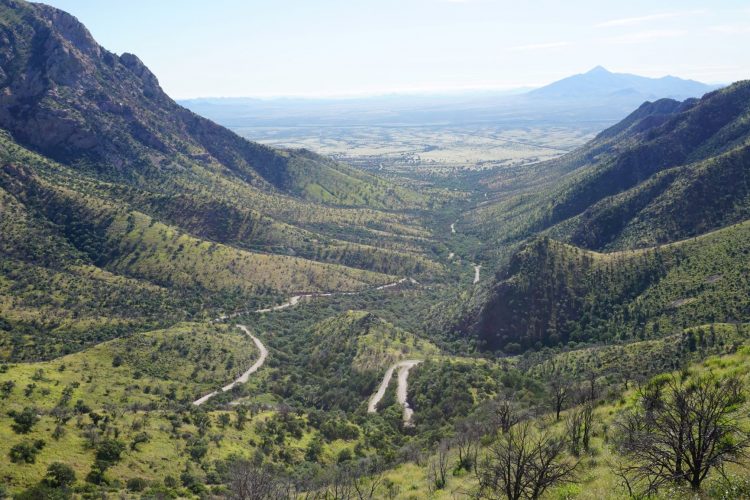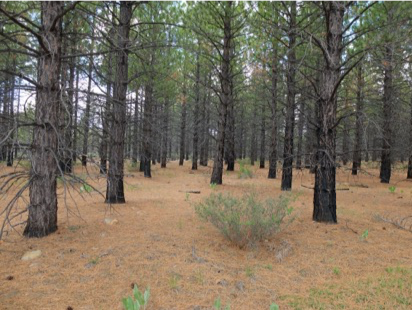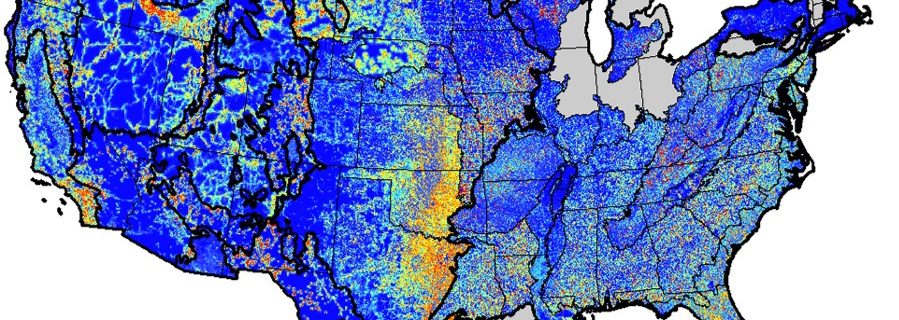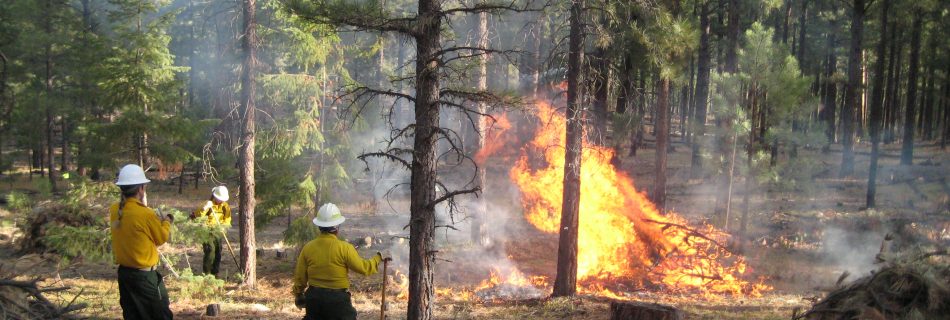A brief look at how the Black Range of the Gila National Forest goes about putting down thousands of acres of prescribed fire. See how the District works in a collaborative and productive manner while working within the multiple-use framework to include grazing, wildlife, recreation, and community outreach. Supported by science, the agency looks to keep fire on the landscape. View the YouTube video here.
Southwest Vegetation Type Conversion: A workshop summary
by Rachel M. Gregg, EcoAdapt, and Laura A. Marshall, University of Arizona Increasingly common large and severe fires in the Southwest are now often followed by vegetation type conversions (VTC) where once-dominant vegetation fails to return to its pre-fire state. Case studies have documented abrupt transitions from forests to shrublands or from shrublands to grasslands. …
Read more “Southwest Vegetation Type Conversion: A workshop summary”

